Sports Concussion - an Evidence-Based Course
Learn something now! - Watch the Online CEU Course Trailer
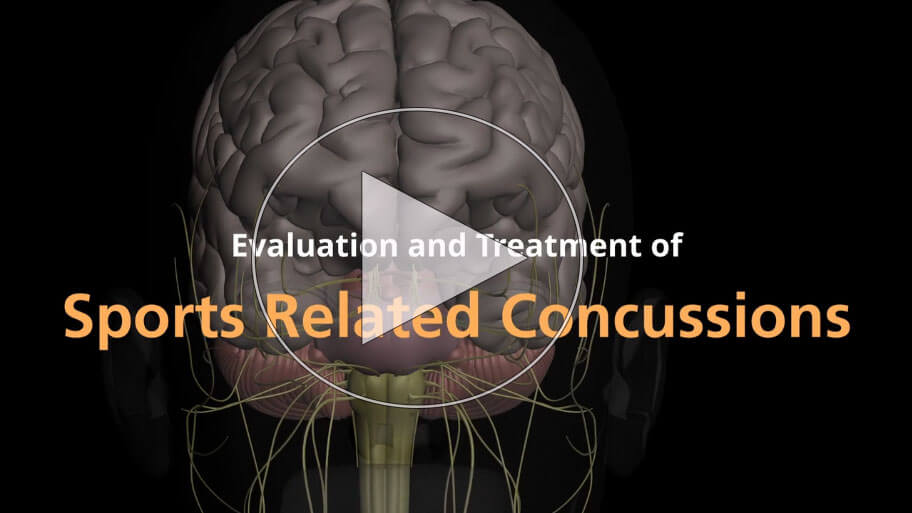
All Access Online CEU for PT, PTA and OT for $189
BEST VALUE - Includes this course and all our online courses
Subscribe Todaytheaters Purchase Now, Instant Online Course Access
Sports Concussion - an Evidence-Based Course
$175.00
- CE Hours: 8.5 hrs, .85 CEU
- Delivered: Online
- Instant Online Access, PDF Manual for Download, 365 days of access, Mobile Ready
- No auto-renewal for this option
All Access Online CEU for PT, PTA and OT
$189
All Access Online CEU for PT, PTA and OT Subscription
1 Year Access with Annual Renewal
State specific course completion certificates.
Chat support
Prices are in US dollars- 12 months of access to all online ceu courses, course tests and state approval certificates.
- Meet all your CE requirements. Pre-approved for PT, PTAs in AK, AL, AZ, CA, CO, CT, DC, DE, GA, HI, IA, ID, IL, IN, KS, MA, ME, MI, MO, MS, MT, NC, ND, NE, NH, NM, NV, NY, OR, PA, RI, SC, SD, TN, TX, UT, VA, VT, WA, WI, and WY.
- AOTA approved.
- Designed for Physical Therapists, Occupational Therapists, Athletic Trainers and Assistants.
- Access to future courses and content.
- Start, stop and resume, right where you left off in a course.
- Real patient interviews.
- Medical expert contributors.
- 3D anatomy and medical illustrations.
- Easy to use learning system for fast access to your courses.
- Award winning content.
- Top instructors teaching evidence based skills and techniques.
Why should a physical therapist, occupational therapist or athletic trainer take this sports concussion continuing education course?
There are between 1.7 and 3 million sports concussions per year. Many concussions still go undiagnosed or underdiagnosed, which costs the athlete valuable time, and the medical system unneeded costs. Learn the pathophysiology of sport-related concussion, evidence-based tools and strategies for diagnosis, and optimal treatment strategies.
Medical professionals trained in concussion management have a structured team approach to pre and post-management of concussions tend to have better outcomes, leading to an overall better quality of life for their clients/athletes
Rehab clinical tools instructed in this sports concussion rehab CE course to enhance your functional outcomes.
- Techniques to reduce the possibility of the post-concussive symptomatology that creates additional sequelae and additional health care costs
- An extensive explanation of the clinical signs and symptoms, biomarkers, clinical trajectories, subtypes, and common features associated with concussion
- Oculomotor and vestibular system assessment tools
- Recovery and multimodal approach
Specific instruction that will enhance your understanding and ability to deliver better patient care.
- Skills to efficiently and effectively identify problems early, get the patients or the athletes the treatment they need, and then return them to play safely in a smaller, efficient window.
- The reasoning behind concussion tests and expected results
- Factors that may trigger or exacerbate headaches
- The role of the rehab professional in the multidisciplinary team when developing comprehensive safe programs for the post-concussive client
Features unique to this sports concussion rehabilitation continuing education course
- Case study presentations with assessment and guides to return safely to activity.
- Demonstrations for Exercise and activity progression
- Collaborative team strategies to sports concussion diagnosis and treatment
- Techniques and parameters to return to play safely
Professional Accreditation
This is an advanced level course applicable for PT, PTA, OT, AT.Physical Therapy Accreditation: For specific state information use the accreditation verification menu and select your state of license. AOTA: provider #4487, Occupational therapy professional development activity: Occupational Therapy Service Delivery, evaluation and intervention, and Foundation Knowledge: human body, development, and behavior. Athletic Trainers: BOC provider #P2047, category A. This course has not been submitted for Evidence-Based BOC approval.
fact_check Accreditation Verification
Online CEU Course for PT, PTA, OT State Accreditation
Course Objectives

Upon successful completion of this course the participant will be able to:
- Describe the pathophysiology and current management of sport-related concussion and the diagnosis of SRC to include evidenced-based recommendations from the 2016 Consensus Statement.
- Identify the clinical trajectories specific to SRC to improve impairment identification to guide treatment.
- Identify the 11 r’s associated with sport-related concussion.
- Identify outcome measures available to aid in diagnosis and objective measurement of ongoing symptoms to include: SCAT 5, Ocular (NPC, King-Devick, Cover/Uncover, Alternate Cover Test), Cervical JPE, Vestibular (DVAT, Head Thrust, VOR Cancellation, GST), Balance Tools.
- Perform an orthopedic evaluation to include cervical stability assessment, joint position error test, and postural contribution.
- Perform a Neurological exam of oculomotor and vestibular/balance dysfunction to include assessment of oculomotor ROM, smooth pursuits, saccades, convergence, VOR function, BPPV, ocular alignment and static and dynamic postural control.
- Perform a comprehensive concussion evaluation to include cervical examination, vestibular ocular examination, and exertional testing to quantify impairments commonly occurring with a concussion injury.
- Describe the post-traumatic headache differential diagnosis considerations.
- Perform clinical decision making when recommending guidelines and/or accommodations specific to identified impairments to facilitate return to activity to include return to learn considerations.
- Identify driving subtypes via clinical trajectories specific to individual patients in order to facilitate return to sport in a timely fashion when appropriate.
- Identify patient education resources for up to date concussion protocols.
- Identify physiological considerations in prescribing rest, and graduated return-to play protocols, based on the current literature and the 2016 consensus statement.
- Develop appropriate impairment-driven treatment strategies for Cervical, Ocular, Vestibular and Exertional intervention based on objective test results.
- Develop appropriate impairment-driven treatment strategies for multimodal sport specific interventions.
- Develop appropriate impairment-driven treatment strategies for higher level athletic activities that include sport specific training of identified impairments.
- Develop appropriate impairment-driven treatment strategies for use of multimodal and dual-task intervention to facilitate recovery.
- Identify and implement timeframes and activities for return- to-play protocols based upon the 2016 consensus statement.
- Develop clinical decision making on when to initiate RTP.
- Develop a communication pathway with other Healthcare providers and caregivers and identify the important role of each member of the multidisciplinary team.
- Refer patients to other members of the healthcare team for further assistance in postconcussive management.
Learn from the Expert Becky Bliss, PT, DPT, NCS

Current Research, Definition of a Concussion, Common Signs and Symptoms and Specific Assessment tools

- Latest research for concussions
- Defining a concussion
- Signs and symptoms and common features
- Biomarkers, PET scans
- Blood bile markers
- The metabolic crisis of a Concussion
- Isolated and multifactorial signs and symptoms
- Duration of Concussion symptoms
- The role of athletic trainers
- Understanding assessment tools
- Rate of recovery for children
- What is happening physiologically?
- Baseline testing recommendations
- Genetic testing and markers
Re-evaluation, Recovery and the Multimodal Approach
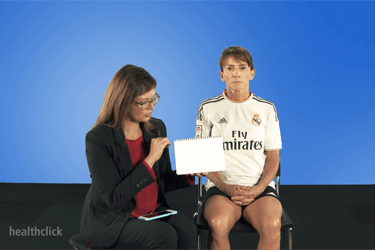
- Recovery guidelines-gradual reintegration
- Post concussive symptom checklist
- Multimodal approach, When do we initiate rehab?
Clinical Trajectories, Clinical Subtypes and the Multidisciplinary Approach

- Clinical trajectories
- Defining clinical subtypes that drive symptomatology
- Prioritizing treatment
- The Multidisciplinary Approach
- Oculomotor dysfunction
- Definitions and patient examples
- Cranial nerve function and the visual system
Oculomotor and Vestibular System
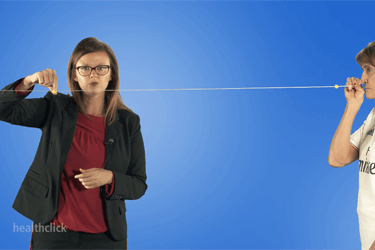
- Understanding the Oculomotor system
- Learn about Ganglion cells
- The Parocellular–focal–ventral pathway
- The magnocellular–ambient–dorsal pathway
- Saccades
- The Convergence Test
- The smooth pursuit test
- The King Devick Test
Concussion Assessment for the Rehab Professional
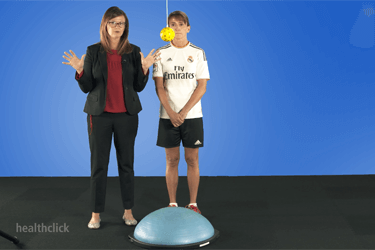
- Concussion assessment
- The most common symptoms of Concussions
- A comprehensive treatment approach detailed
- Understanding past medical history
- Learn the current assessment tools
- The role of rehabilitation
- Setting priorities
- Feasibility Study 2017
- How to train all the systems
- Exertional testing-objective measures
- The treadmill test
- Submaximal threshold
- How do you know if a test is complete
- The first signs of exacerbation
- Buffalo Concussion Treadmill Test
- Modifying exertional tests
- Sports specific drills
- Establishing Baselines
Patient Evaluation and Demonstrations

- Concussion exam components
- Examination of the musculature around the neck
- Movement of joints above and below the targeted assessment.
- Cervical Evaluation
- Range of Motion
- Ligamentous stability
- Cervical Joint Proprioceptive Error Test
- Testing for spontaneous and fixed gaze nystagmus
- Ocular motor range of motion
- Saccades
- Reflexive saccade
- King-Devick Test
- Convergence
- Tropia
- Phoria Cover Test
Vestibular Testing

- Vestibular Ocular Motor Screening Tool
- The VOR test
- Convergence
- Smooth pursuit
- Horizontal smooth pursuits
- Saccades
- Vertical saccades
- Visual motor speed
- Visual motor sensitivity
- Understanding the score to the screening tool
Treatment Exercises
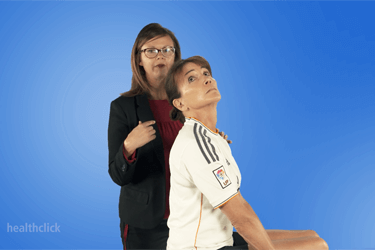
- Ocular alignment exercises
- Convergence training
- Ocular Motor Exercises for athletes
- Combining ocular and vestibular exercises
- Eye hand coordination
- Fine motor skills
- Gross motor skills
- Convergence
- Smooth pursuit
- VOR Cancellation
- Progressing the challenge with cognitive tasks
- Progress your athlete using critical thinking and judgement
- Adding in a balance component
- Multitasking dual tasking reaction time
- Multi visual systems
- Switching between magno and parvo-progressing
- Near far chart
- Saccadic motion exercises for the athlete
- Initiating vestibular-ocular exercises
- Progressing to higher function
- What if a patient can't regulate their hemodynamics?
- Instituting vestibular therapy when the patient has neck problems
Return to play Protocol
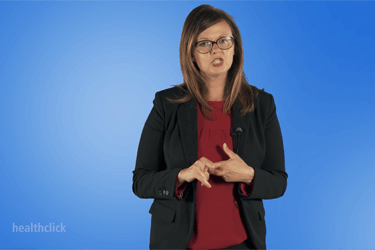
- Graduated return to play protocol
- Guidelines of activity
Factors that May Trigger or Exacerbate Headaches
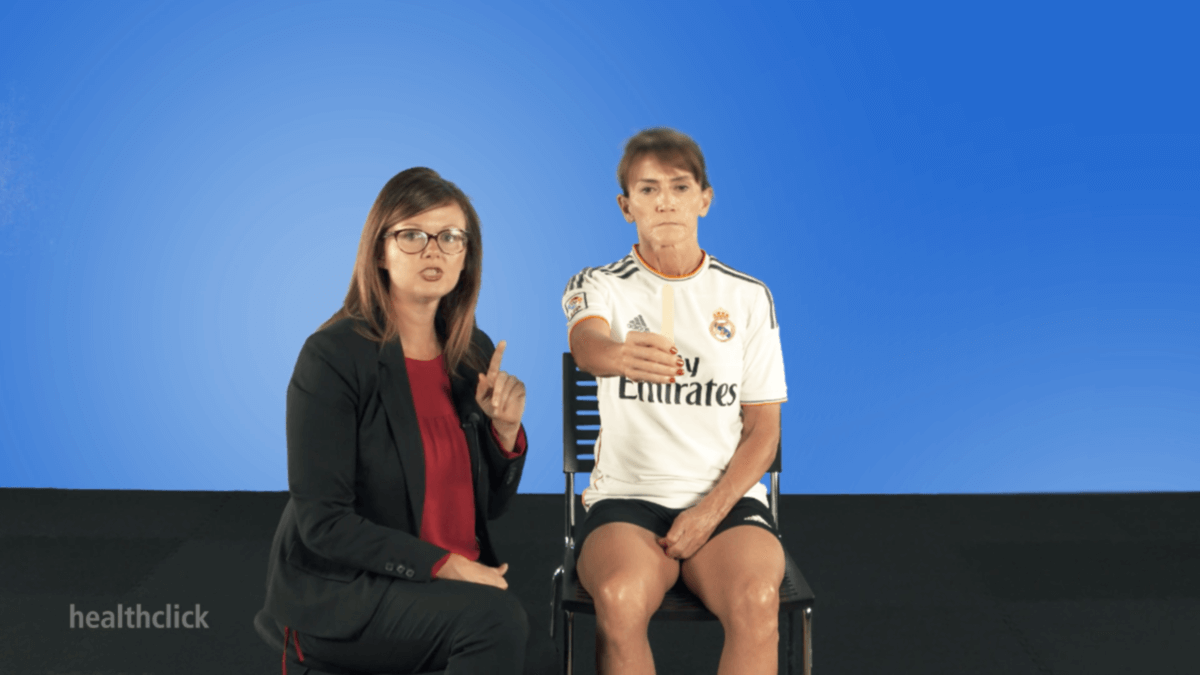
- Understanding headaches
- Cervical spine injury
- Impaired sleep
- Higher level cognition
- Vision Hearing sensitivity
- The influence of Exercise
Patient Case Study Review
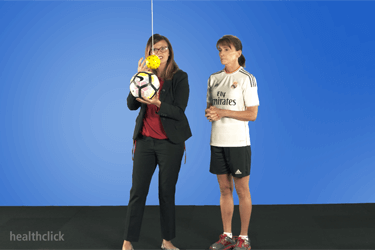
- Cognitive fatigue patinet with cervical issues and ocular as the subdriving types
- Proper evaluation and building a comprehensive treatment program
Bonus Section: Dr Bliss Discusses Moderate to Severe TBI
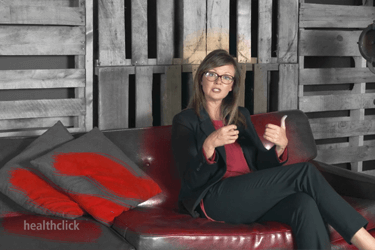
- More moderate to severe TBI
- Variability of recovery
Course Test - Evaluate your knowledge

- Use the Healthclick proprietary online education system which provides the online student with:
- Worldwide access to high definition video, anatomical animations and images, and written information
- The highest quality film in the industry, you can see the difference!
- Stop and resume within a course, the Healthclick system will optimize your course based on your device, connection and remembers where you left off.
- Real-time course updates. We are always adding to each courses, updating content, adding animations, these are not static courses!
- Evaluate your knowledge with the course test on any device.
- Print your state course certificate for CE credit.
- Take the online test as many times as need in order to achieve a 70 % or greater score.
Responsible CME® - Online CEU Course Testimonials
67.225.255.111The instructor was very knowledgeable and current, providing tools to utilize immediately in clinical practice. -- Steven, PT
I appreciated all of the clinical demonstrations to help an online course come to life! -- Wendy, PT
This course was very well done. Thank you so much. -- Aaron, Athletic Trainer
Well thought out and presented course! Up to date information that is relevant in the clinic! -- Justin, PT
Loved that this course was based factual, research based evidence and made applicable to the treating therapist. I really enjoyed the formatting of the online independent study with the live course to drill it home. The tech support and fantastic also and the collaboration between speaker and support was great. Content well presented, well explained, easy to stay engaged. -- Kim, PT
The Evaluation and Treatment of Sports Related Concussions was an excellent course with lots of evidence based information that can be applied directly following the course. Becky is very knowledgeable and passionate about this topic, and the live portion was my favorite! -- Diana, PT
I really appreciated the use of both asynchronous and synchronous material. -- David, Physical Therapist
Great course on complicated material. I enjoyed it and learned a lot. -- Allyson, PT